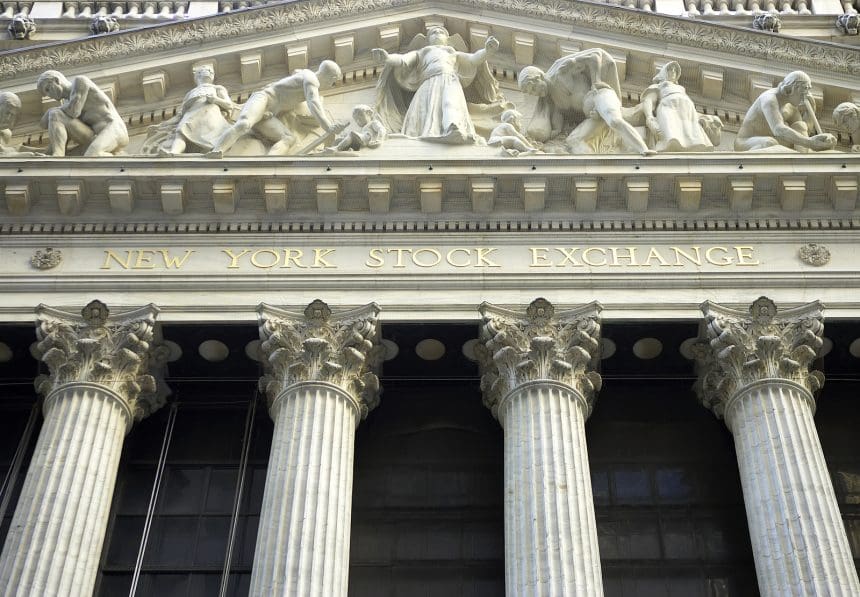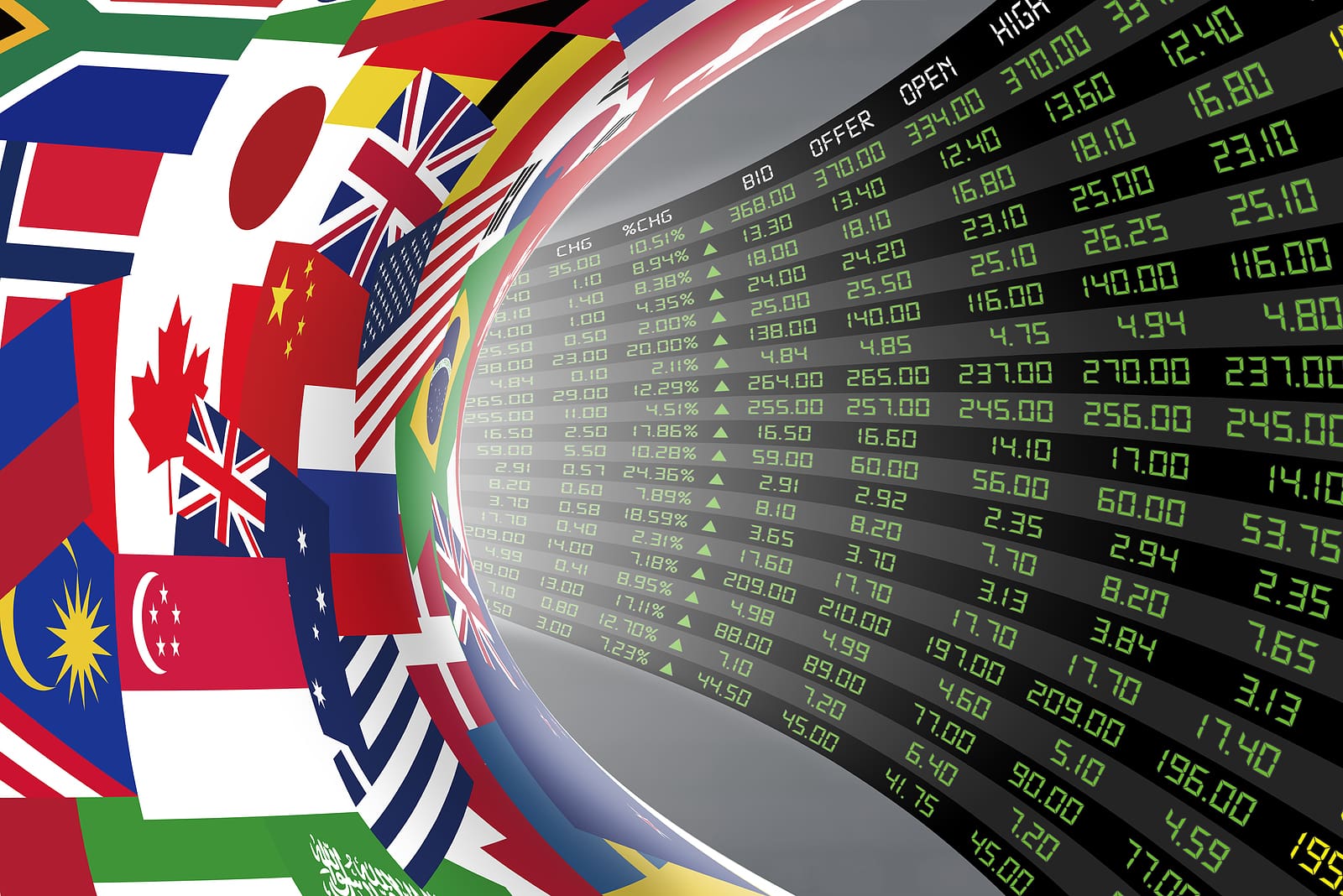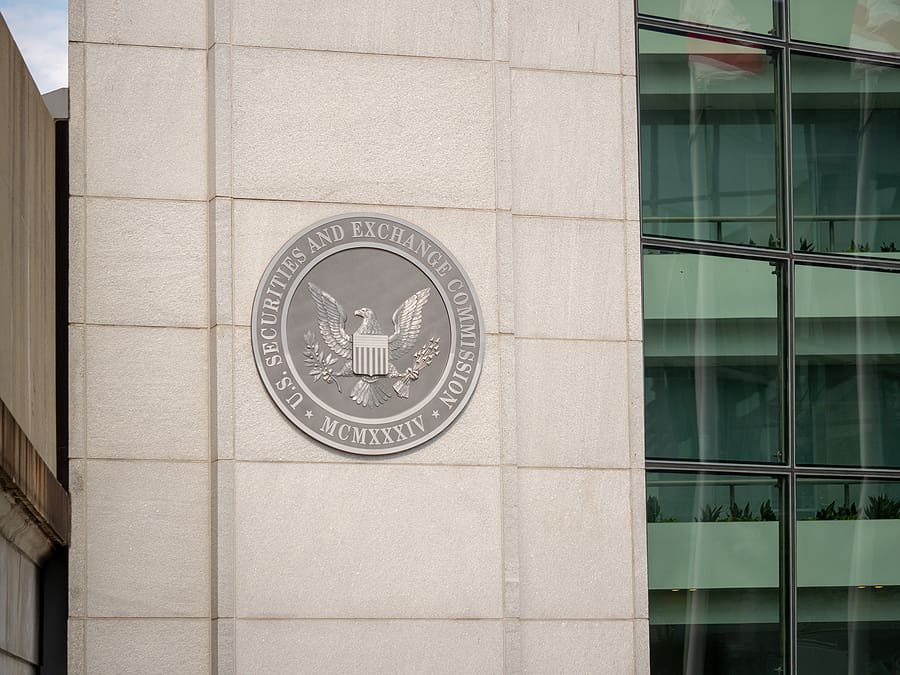Why the Stock Market Remains Overpriced: The Hidden Force of Institutional Investment
ST. LOUIS, MO (STL.News) Stock Market — For over a decade, market analysts and seasoned investors have pointed to a consistent anomaly: stock market valuations have remained historically elevated despite numerous warning signs from traditional indicators. Price-to-earnings (P/E) ratios, market cap-to-GDP comparisons, and other fundamental benchmarks have screamed “overvalued” — yet the market has continued to climb.
So, what’s driving this prolonged disconnect between stock prices and fundamental value?
The answer lies in the enormous, systemic influence of institutional capital — vast pools of money from pension funds, mutual funds, hedge funds, sovereign wealth funds, and exchange-traded funds (ETFs) that must remain actively invested, regardless of price. These institutional forces have become the dominant market driver, reshaping how modern financial markets behave.
Stock Market – The Power of Institutional Money
To understand the modern stock market, it’s essential to understand who controls it. Institutional investors account for more than 80% of all equity trades in the United States. Entities like BlackRock, Vanguard, and State Street manage trillions of dollars and hold significant stakes in nearly every major publicly traded company.
- BlackRock: Over $10 trillion in assets under management (AUM)
- Vanguard: $8+ trillion in AUM
- State Street: $4+ trillion in AUM
These firms and others are not just buying stocks — they are shaping the global flow of capital, and by extension, influencing the fate of equity markets.
Mandated Investment: Why the Money Must Be Deployed to the Stock Market
Unlike individual investors, large funds are often mandated by charter or regulation to stay invested. Pension funds must meet future obligations. Endowments must preserve capital while generating returns. Strict allocation guidelines govern insurance companies and retirement accounts.
This creates a system where money continually flows into the market, regardless of whether valuations are reasonable.
Key impacts:
- Passive funds buy shares simply because they’re in an index, not because they’re undervalued.
- Rebalancing activity (quarterly or annually) drives predictable market movements.
- Funds cannot hold too much cash without violating their mandates.
This perpetual demand artificially props up markets, leading to valuation inflation that is detached from fundamental performance.
Stock Market – Traditional Valuation Metrics Have Lost Influence
Fundamental analysis — the time-tested strategy of evaluating a company’s intrinsic value based on earnings, debt, cash flow, and growth potential — is increasingly being ignored in favor of market momentum and capital flow dynamics.
Let’s examine a few classic metrics:
Shiller P/E Ratio (CAPE)
- This cyclically adjusted metric smooths earnings over a 10-year period.
- Historically, a CAPE above 30 indicates severe overvaluation.
- As of 2025, the S&P 500 CAPE ratio remains above 34 — levels seen only before the 2000 dot-com bubble.
Buffett Indicator (Market Cap to GDP)
- Warren Buffett once called this the “single best measure” of market valuation.
- A ratio above 100% is considered overvalued. Today, it exceeds 160%, signaling dangerous levels.
Price-to-Book and Dividend Yields
- Both have trended lower, while share prices have trended higher — indicating that investors are paying more for less.
Yet markets continue climbing. Why?
Because valuation no longer dictates investment behavior. Liquidity does.
Stock Market – The Rise of Passive Investing: Automatic Price Inflation
Passive investing — the strategy of tracking indexes rather than picking stocks — has become the dominant strategy in the U.S., overtaking active management in assets.
When investors pour money into S&P 500 ETFs, for example:
- Funds must buy all 500 companies in proportion to their market cap.
- Larger companies (Apple, Microsoft, Nvidia, Amazon) receive more investment just because they are bigger.
- This creates self-reinforcing price increases, regardless of earnings or outlook.
This cycle fuels what some economists call “passive distortion” — where price movements are driven not by company performance but by algorithmic buying behavior.
Stock Market – Cheap Capital and Buybacks
From 2008 through 2022, interest rates remained at or near historic lows. This gave rise to the era of cheap capital, and corporations took full advantage.
- Companies borrowed cheaply to fund stock buybacks, reducing the number of shares outstanding.
- Fewer shares mean higher earnings per share (EPS), even if total profits remain flat.
- Investors see improving EPS and reward the stock, unaware that the underlying business may not be improving.
In essence, companies have engineered earnings growth to meet market expectations, creating a false sense of profitability.
Stock Market – Liquidity > Fundamentals
In the modern market structure, capital flow trumps analysis.
It doesn’t matter if a company misses earnings or lowers guidance — if trillions in retirement accounts are scheduled to be invested that quarter, prices may rise anyway. Conversely, even well-established companies can falter if institutional selling intensifies due to rebalancing, geopolitical shocks, or sector rotation.
This environment has led to:
- Overpricing across sectors, especially in large-cap tech and growth stocks.
- Volatility spikes when liquidity dries up (e.g., 2020 pandemic panic).
- Momentum-driven markets, where price movement encourages further buying.
Stock Market – Central Banks and the Liquidity Machine
The role of the Federal Reserve and other central banks cannot be understated.
From quantitative easing (QE) to bond-buying programs and emergency lending facilities, the Fed has injected trillions of dollars into the economy, much of which has flowed into asset markets.
When interest rates are kept low:
- Investors chase yield through riskier assets (like stocks).
- Debt becomes cheap, fueling leverage and speculation.
- Safe-haven assets, such as savings accounts or treasuries, are unattractive.
This pushes even conservative investors into equities — whether they want to or not.
The Risk: What Happens When the Flows Reverse?
Markets propped up by constant capital flows are vulnerable when those flows reverse or pause.
Risks include:
- Fed tightening (raising interest rates or reducing the balance sheet).
- Liquidity shocks, such as credit crunches or geopolitical events.
- Demographic shifts, where aging populations begin drawing down their retirement accounts.
- Political or regulatory actions affecting large funds or tax-advantaged accounts.
The concern is not just overvaluation — it’s that the entire pricing mechanism of the market has become mechanical and fragile.
When everyone is buying because “they have to,” the exit door becomes very small when sentiment shifts.
What This Means for Investors in the Stock Market
For the average investor or small institution:
- Caution is warranted. Blindly following indexes assumes prices are rational — they’re not.
- Diversification and risk management matter more than ever.
- Pay attention to liquidity trends, interest rate policy, and fund flows — they now matter more than earnings calls.
- Consider valuation-aware strategies, even if they underperform in short cycles.
Final Thoughts: The New Market Normal?
The stock market today is not the same as the one studied by Graham, Buffett, or Bogle. It is increasingly governed by flows, mandates, and models, not by business fundamentals.
While this system has supported rising markets for over a decade, it has also created a valuation bubble that could become dangerous if the capital flows that support it begin to weaken.
Yes, the market has been overpriced — not because of irrational exuberance, but because of structural mandates that require endless investment, regardless of price.
And until that structure changes, the market may remain expensive — even if fundamentals tell a different story.
STL.News will continue to monitor the evolution of capital flows, market fundamentals, and institutional behavior that influence today’s financial markets. Stay tuned for more insights on what drives investor behavior in an increasingly automated and liquidity-driven world.
© 2025 STL.News/St. Louis Media, LLC. All Rights Reserved. Content may not be republished or redistributed without express written approval. Portions or all of our content may have been created with the assistance of AI technologies, like Gemini or ChatGPT, and are reviewed by our human editorial team. For the latest news, head to STL.News.











